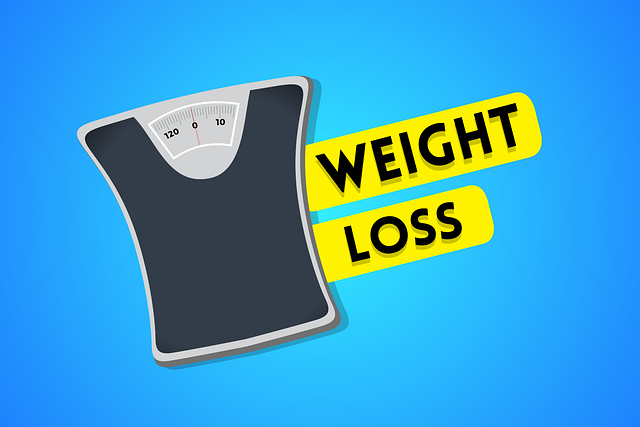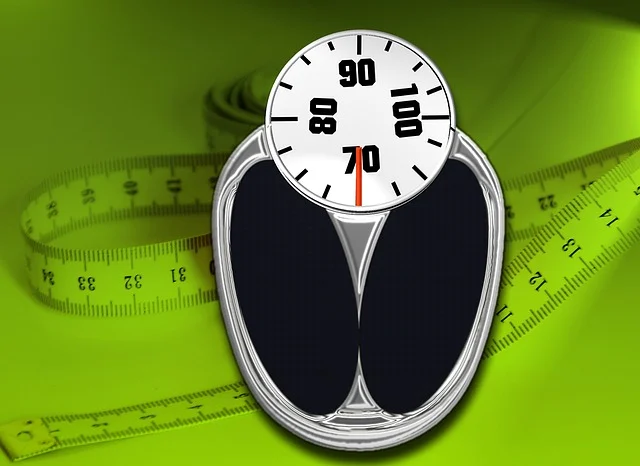Losing weight is a significant achievement, but maintaining that weight loss can be even more challenging. Many people find themselves regaining the weight they worked so hard to shed, often because they revert to old habits or fail to adapt to their new lifestyle. The key to long-term success lies in creating sustainable habits and making mindful choices that support your goals. In this article, we’ll explore practical strategies for maintaining weight loss after dieting, ensuring that your efforts lead to lasting results.
Why Is Maintaining Weight Loss So Difficult?
Weight maintenance is often harder than weight loss because it requires ongoing commitment and vigilance. Several factors contribute to the difficulty of keeping weight off:
- Metabolic Adaptation: As you lose weight, your metabolism slows down because your body requires fewer calories to maintain its smaller size. This makes it easier to regain weight if you consume more calories than your adjusted needs.
- Hormonal Changes: Weight loss can alter hunger and satiety hormones, such as ghrelin (which increases appetite) and leptin (which signals fullness). These changes can make you feel hungrier and less satisfied after meals.
- Old Habits Creeping Back: Returning to unhealthy eating patterns or sedentary behaviors can quickly undo progress.
- Lack of Long-Term Planning: Many diets focus on short-term results rather than teaching sustainable habits, leaving individuals unprepared for life after dieting.
Understanding these challenges is the first step toward overcoming them. With the right mindset and strategies, you can successfully maintain your weight loss.
Strategies for Maintaining Weight Loss
1. Adopt a Balanced, Sustainable Eating Plan
Rather than following restrictive diets, focus on a balanced approach to eating that you can maintain indefinitely. Here’s how:
- Prioritize Whole Foods: Base your diet on nutrient-dense foods like fruits, vegetables, whole grains, lean proteins, and healthy fats. These foods are filling and provide essential nutrients without excessive calories.
- Practice Portion Control: Even healthy foods can contribute to weight gain if eaten in large quantities. Use smaller plates, measure servings, and listen to your body’s hunger cues.
- Limit Ultra-Processed Foods: Highly processed snacks, sugary beverages, and fast food are calorie-dense and low in nutrients. Limit these to occasional treats rather than daily staples.
- Allow Flexibility: Avoid labeling foods as “good” or “bad.” Allowing yourself occasional indulgences prevents feelings of deprivation and reduces the likelihood of binge eating.
2. Stay Physically Active
Regular physical activity is crucial for maintaining weight loss. Exercise not only burns calories but also boosts metabolism, improves mood, and enhances overall health. Here’s how to stay active:
- Find Activities You Enjoy: Whether it’s walking, cycling, swimming, dancing, or yoga, choose activities that bring you joy. You’re more likely to stick with them long-term.
- Incorporate Strength Training: Building muscle increases your resting metabolic rate, meaning you burn more calories even at rest. Aim for strength training exercises 2-3 times per week.
- Make Movement a Habit: Look for opportunities to move throughout the day, such as taking the stairs, parking farther away, or going for a walk during breaks.
- Set Realistic Goals: Instead of aiming for intense workouts every day, focus on consistency. Even 30 minutes of moderate exercise most days of the week can make a big difference.
3. Monitor Your Progress
While obsessing over the scale isn’t healthy, staying aware of your weight and habits can help you catch small gains before they become significant setbacks.
- Weigh Yourself Regularly: Some people find value in weekly weigh-ins, while others prefer monthly check-ins. Choose a frequency that works for you and use the data as a tool, not a source of stress.
- Track Your Food Intake Occasionally: Periodically logging your meals using an app or journal can help you stay accountable and identify areas for improvement.
- Notice Non-Scale Victories: Pay attention to other indicators of health, such as improved energy levels, better sleep, or fitting into clothes comfortably.
4. Develop Healthy Coping Mechanisms
Emotional eating and stress can derail weight maintenance efforts. Learning to manage emotions without turning to food is essential for long-term success.
- Practice Stress Management: Techniques like meditation, deep breathing, journaling, or spending time in nature can help reduce stress and prevent emotional eating.
- Build a Support System: Surround yourself with friends, family, or a community who encourage your healthy lifestyle choices.
- Address Underlying Issues: If emotional eating is a recurring problem, consider working with a therapist or counselor to address the root causes.
5. Focus on Behavior, Not Perfection
Maintaining weight loss isn’t about being perfect—it’s about making better choices most of the time. Here’s how to adopt a sustainable mindset:
- Avoid All-or-Nothing Thinking: One indulgent meal doesn’t mean you’ve failed. Get back on track with your next choice.
- Celebrate Non-Food Rewards: Reward yourself for milestones with non-food treats, such as a massage, new workout gear, or a fun outing.
- Be Patient with Yourself: Weight fluctuations are normal. Focus on trends over time rather than day-to-day changes.
6. Adjust as Needed
Your body’s needs may change over time, so it’s important to remain flexible and adjust your approach as necessary.
- Reassess Caloric Needs: As you age or become more physically active, your caloric requirements may shift. Recalculate your needs periodically to ensure you’re not consuming too many calories.
- Revise Your Goals: If you’ve reached your target weight, shift your focus from losing weight to maintaining it. Set new goals related to fitness, nutrition, or overall well-being.
- Experiment and Learn: Try different strategies to see what works best for you. For example, some people thrive on intermittent fasting, while others prefer regular meals. Find what aligns with your lifestyle.
Common Pitfalls to Avoid
To maintain weight loss, steer clear of these common mistakes:
- Returning to Old Habits: Don’t fall back into patterns that contributed to weight gain in the first place. Stay mindful of portion sizes and food choices.
- Overestimating Calories Burned Through Exercise: Physical activity is important, but it doesn’t give you a free pass to overeat. Be realistic about how many calories you’re burning.
- Neglecting Sleep: Poor sleep can disrupt hormones that regulate hunger and increase cravings for high-calorie foods. Aim for 7-9 hours of quality sleep each night.
- Skipping Meals: Skipping meals can lead to overeating later in the day. Stick to regular, balanced meals and snacks to keep hunger in check.









